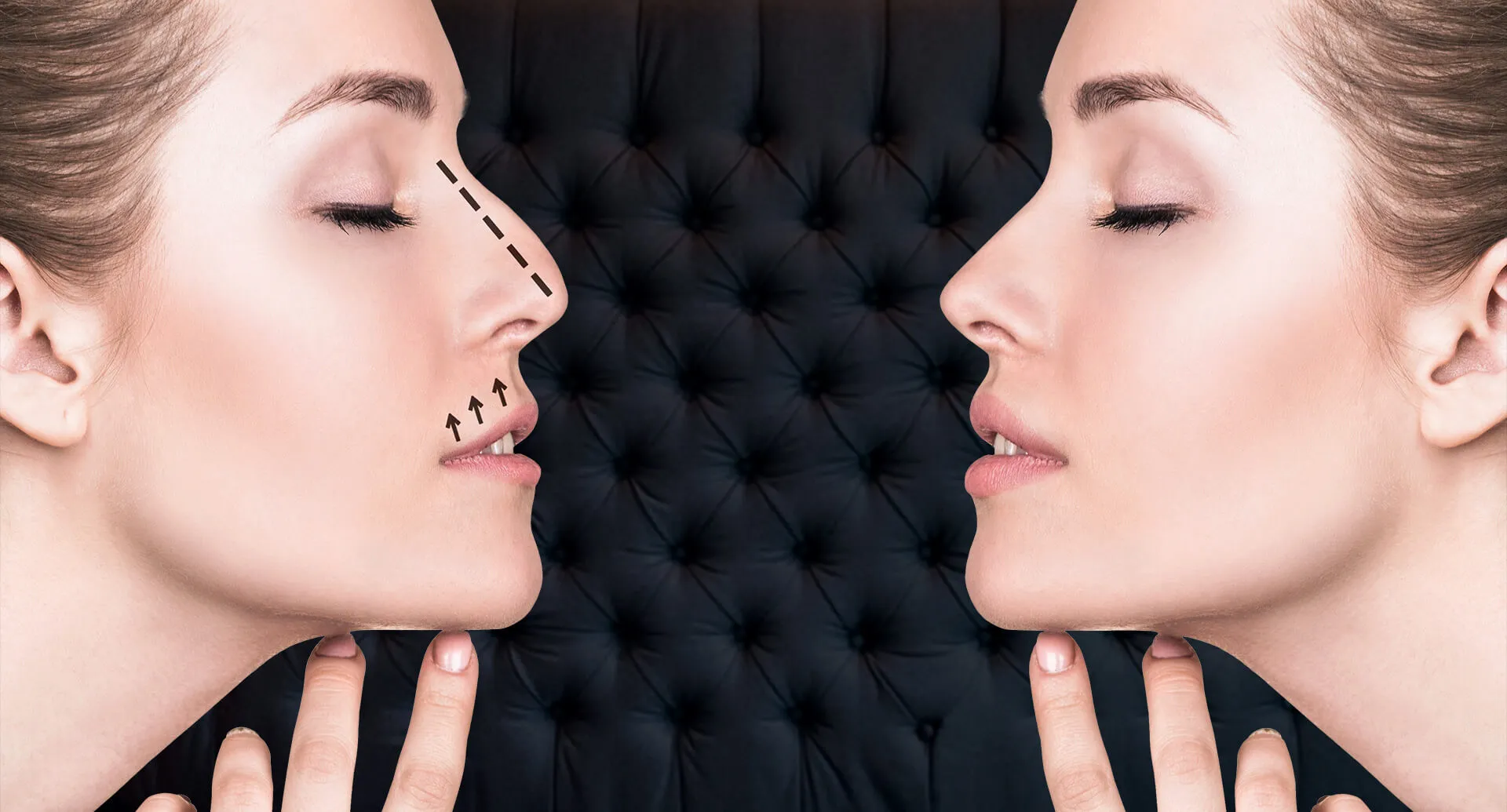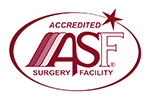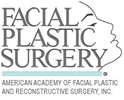Fat Transfer / Fat Injection / Fat Grafting
Dr. Ben Talei, a dual board-certified plastic surgeon at the Beverly Hills Center for Plastic & Laser Surgery, is a dedicated specialist in facial cosmetics, reconstruction and rejuvenation. He has developed a significant number of uses for fat transfer and fat grafting to treat a variety of needs. Dr. Talei is also a specialist in revision fat grafting, often treating patients with suboptimal outcomes in Beverly Hills and Los Angeles.
How Does Fat Grafting Work?
- Fat transfer has many uses based on using fat for volumization and camouflage, as well as using fat for its regenerative potential. The source of fat varies, but it is most commonly taken from the anterior abdomen by means of liposuction and micro-liposuction. The use of micro-liposuction cannulas decreases the risk of irregularities. Other areas such as the inner thighs are commonly used as well.
- The harvested fat is immediately purified and injected with micro-cannulas into the intended areas. This can easily be done under local anesthesia, although many patients elect to receive some form of anesthesia. Fat grafting is extremely technique-dependent, meaning results can vary significantly from provider to provider. In general, younger patients tend to have a higher “take rate” for grafting integration, but this is not always the case. The probability cannot be accurately predicted for the individual patient despite data presented by published studies.
- Multi-level fat grafting is the most commonly used technique. This places fat cells (adipocytes) into different tissue layers increasing the chance of graft survival and decreasing the chance of irregularities. Once the fat cells integrate, they can grow naturally with the body, just like the surrounding cells. Because take rates vary from patient to patient and side to side, many practitioners treat fat grafting as a staged procedure. Instead of addressing the entire region with one procedure, the final result is sometimes best achieved using two or three procedures. More fat can always be injected at a later time, but the fat once integrated is difficult to remove.
- In situations where a larger augmentation volume is needed, such as atrophic or sunken defects, dermal fat or composite fat grafts may be used. This involves the removal of a larger segment of fat with or without using the overlying skin. This type of grafting is very useful and successful, the only limitation being the thickness of the graft.
-
Do I Need Fat Grafting?
- Fat grafting can be used for cosmetic purposes as well as reconstructive. Fat grafting is a wonderful procedure to use in facial rejuvenation. As people age, the fat pads on the anterior cheek tend to droop with gravity. Some patients may also experience volume loss, although this is not the case with all patients. The patients most commonly encountering volume loss are those with recent weight loss or a high muscle-to-fat ratio, such as those avidly involved in weight training and exercise. This may cause a gaunt appearance with flattening of the anterior cheek and deepening of the tear troughs and under-eyes. Fat can be harvested and replaced in multiple planes in the cheek both laterally and anteriorly. Care must be taken to avoid superficial injection near the tear troughs where irregularities are commonly seen following fat transfer.
- Another area where caution must be used is the lips. Although dermal fat grafts and lateral SMAS grafts demonstrate outstanding results, micro fat transfer with cannulas should be performed judiciously, if at all. Irregularities are sometimes seen with free-fat injections and are difficult to repair.
- The reconstructive uses of fat grafting include patients with lipodystrophy, facial asymmetry, hemifacial microsomia, facial paralysis, bony defects and even in burn patients. Fat grafting in burn patients has shown promising results by improving contracture from deep scarring.
Fat grafting / fat tranfer FAQ
Facial fat grafting, also known as fat transfer, is a cosmetic procedure that involves harvesting fat from one part of the body and injecting it into the face to restore volume and improve facial contours. Common questions about facial fat grafting include:
How does facial fat grafting work?
Facial fat grafting involves extracting fat from areas like the abdomen or thighs through liposuction. The harvested fat is then purified and injected into specific areas of the face that have lost volume.
What are the benefits of facial fat grafting?
The procedure can enhance facial volume, reduce wrinkles and lines, and provide a more youthful appearance. It also uses the patient’s own fat, reducing the risk of allergic reactions.
Is facial fat grafting permanent?
While some of the injected fat may be reabsorbed by the body initially, the remaining fat tends to be long-lasting. Results can be semi-permanent or permanent, depending on various factors.
How long is the recovery period?
Recovery time varies, but patients typically experience some swelling and bruising for a week or two. Most people can resume regular activities after a week.
Are there any age restrictions for facial fat grafting?
The procedure is often recommended for individuals in their 30s and older when signs of facial aging become more prominent. However, it’s best to consult with Dr. Talei to determine eligibility.
Can facial fat grafting be combined with other procedures?
Far grafting can be combined with other facial rejuvenation procedures, such as facelifts or brow lifts, for more comprehensive results.
At the Beverly Hills Center for Plastic & Laser Surgery, we use the most advanced techniques for fat grafting, providing our patients with the most natural and rejuvenating results. A consultation may help you learn more and determine your candidacy for these procedures. Contact us today in Beverly Hills to schedule an appointment with Dr. Ben Talei.
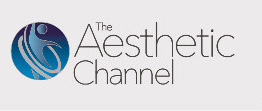
The Future of Fat In Surgery
By Lisette Hilton
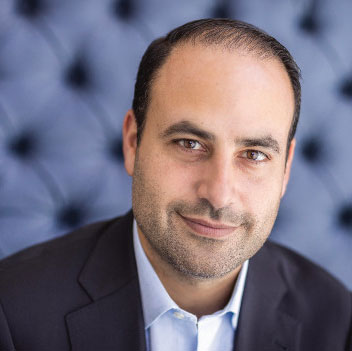
Fat and The Face
Beverly Hills facial plastic surgeon Ben Talei, M.D., says that he uses fat transfer, judiciously — especially when using it as a primary modality for cosmetic rejuvenation.
“The reason I am so cautious is because of the poor predictability in survival of fat and how it will act once transplanted. Fat has a survival rate of zero to 100%, in my opinion, when you look at each person as an individual. The fact that it has an overall survival of 60 to 70% in a cohort of patients means nothing to me when I treat an individual patient who should expect nothing less than 100% predictability for a cosmetic intervention.”
When he uses fat for cosmetic rejuvenation, Dr. Talei says he’s conservative. Rather than injecting 10 mL of fat all over each side of the upper and lower face, he tends to use a smaller volume, of 4mL to 5mL. And he’ll likely inject it in the mid face and upper mid face in a deep location, where irregularities would have no effect if they were to occur. He tells patients that more than one treatment might be necessary to achieve the intended goal.
Dr. Talei states that, “fat transfer is a very nice adjunct to many facelifts as long as it is done conservatively.”
“Most of the time I am using fat as an ancillary procedure rather than a primary procedure. It’s a very nice adjunct to many facelifts, as long as it is done conservatively,” Dr. Talei says. “Overall, I avoid fat grafting into the lower face and superficially under the skin for many, many reasons.”
Female patient shown before and after AuraLyft and eyelid rejuvenation with a small amount of conservative fat grafting for added cheek accents. She received an upper eyelid lift and lower eyelid tightening with fat repositioning and canthopexy to tighten the rounded lower eyelid. Photos courtesy Dr. Ben Talei.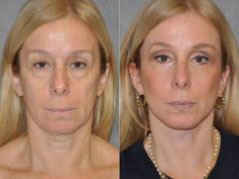

beverlyhillscenter.com











